- Category
- Latest news
Russia Quietly Launches Deep-Sea Spy Ship Built to Hunt NATO’s Underwater Cables
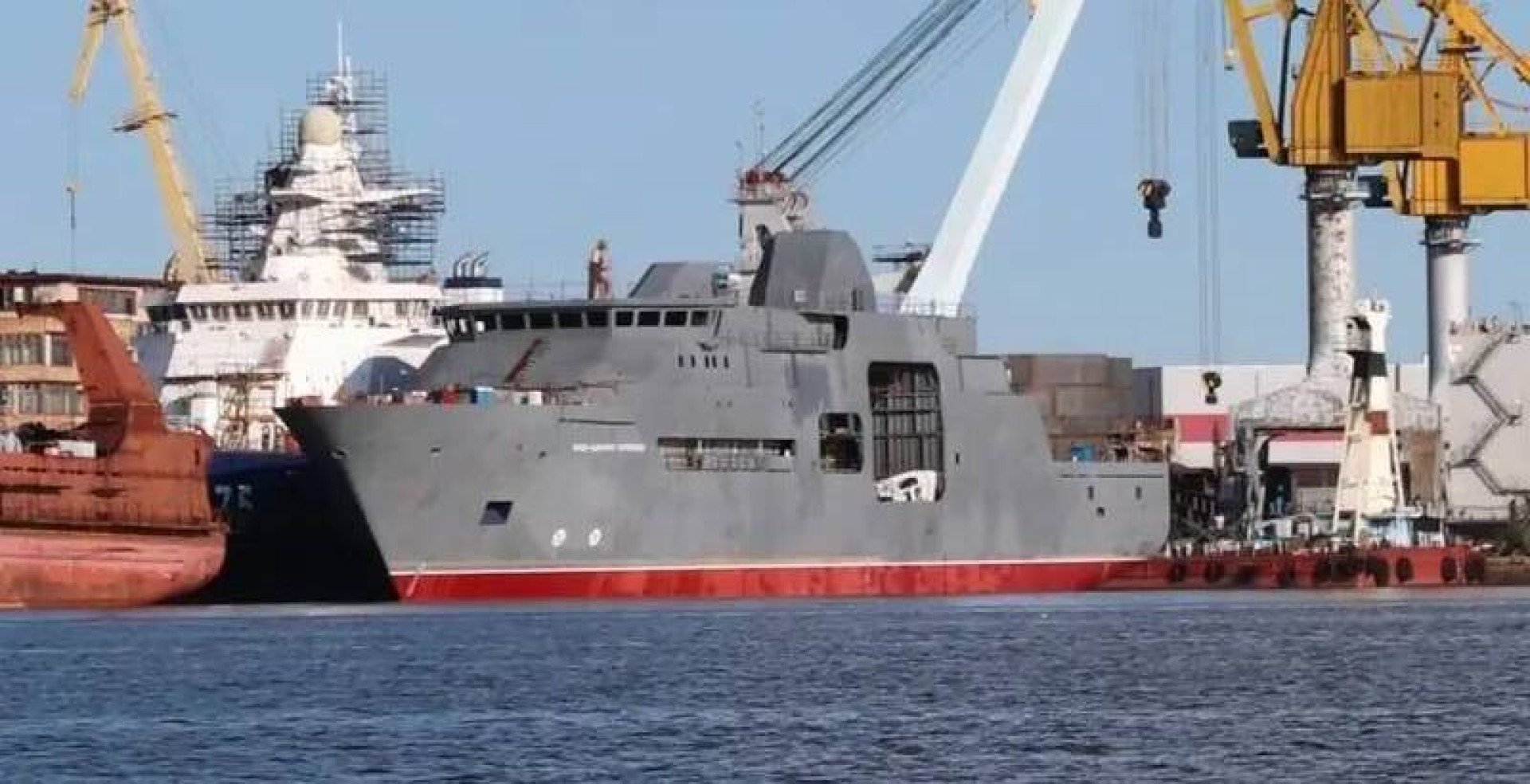
Russia has quietly launched the Vice-Admiral Burilichev, a new oceanographic research vessel suspected by Western analysts to serve as an intelligence-gathering platform.
The ship was launched at the Vyborg Shipyard, part of the United Shipbuilding Corporation, in a ceremony that notably lacked any official publicity, further fueling suspicions about its real mission, Russian maritime outlet Korabel reported on July 1.
While officially designated as a research vessel under the Russian Ministry of Defense’s Main Directorate of Deep-Sea Research (GUGI), the Vice-Admiral Burilichev is widely believed to be the latest in a line of dual-use spy ships designed to monitor, map, and potentially tamper with critical undersea communications infrastructure—especially NATO-linked cables, defense media outlet Army Recognition reported.

According to Army Recognition, the new vessel belongs to Russia’s Project 22011, an evolution of the earlier Project 22010, which produced the notorious spy ship Yantar.
Named after the late Vice Admiral Alexei Burilichev, a Hero of Russia and former head of GUGI, the vessel is designed for long-duration operations at extreme depths, outfitted with deep-sea submersibles, advanced sonar, and cable-interaction equipment.
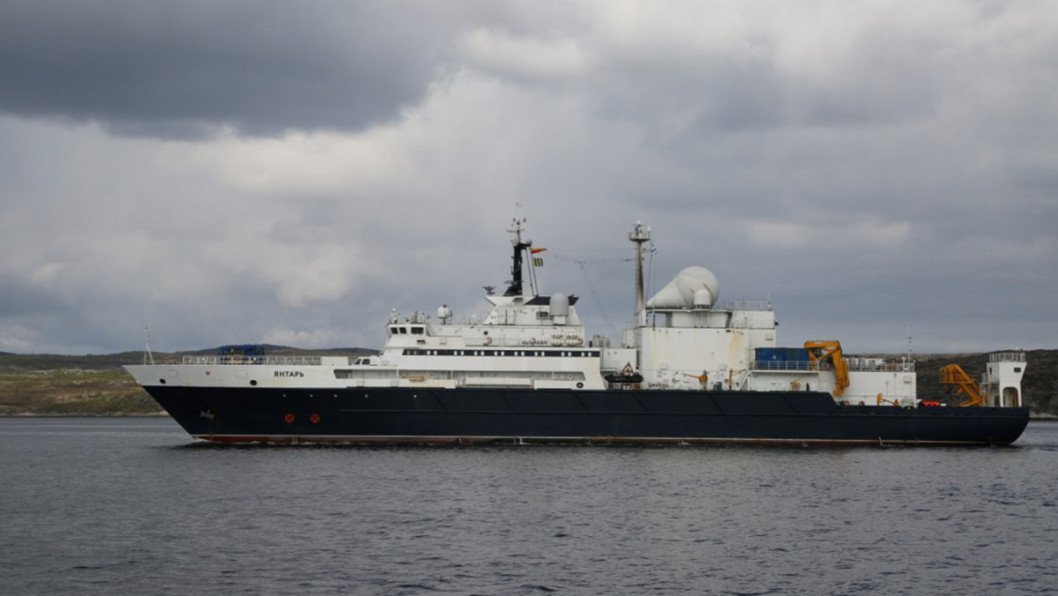
A new tool for deep-water reconnaissance
The Vice-Admiral Burilichev is 108.1 meters long and 17.2 meters wide, with a displacement of 5,230 tons. It is equipped with diesel-electric propulsion, bow thrusters, and azimuth drives for station-keeping—crucial for undersea operations.
Onboard systems are designed to support deep-diving submersibles like Rus (Project 16810) and Consul (Project 16811), both of which can reach depths beyond 6,000 meters and are capable of retrieving objects weighing up to 200 kilograms.
The ship is expected to join Russia’s Baltic Fleet, putting it in proximity to critical transatlantic and European undersea infrastructure.
According to Army Recognition, this includes undersea fiber-optic cables that carry much of the world’s internet and military communications traffic. Western intelligence agencies are particularly concerned about the potential for surveillance or sabotage.
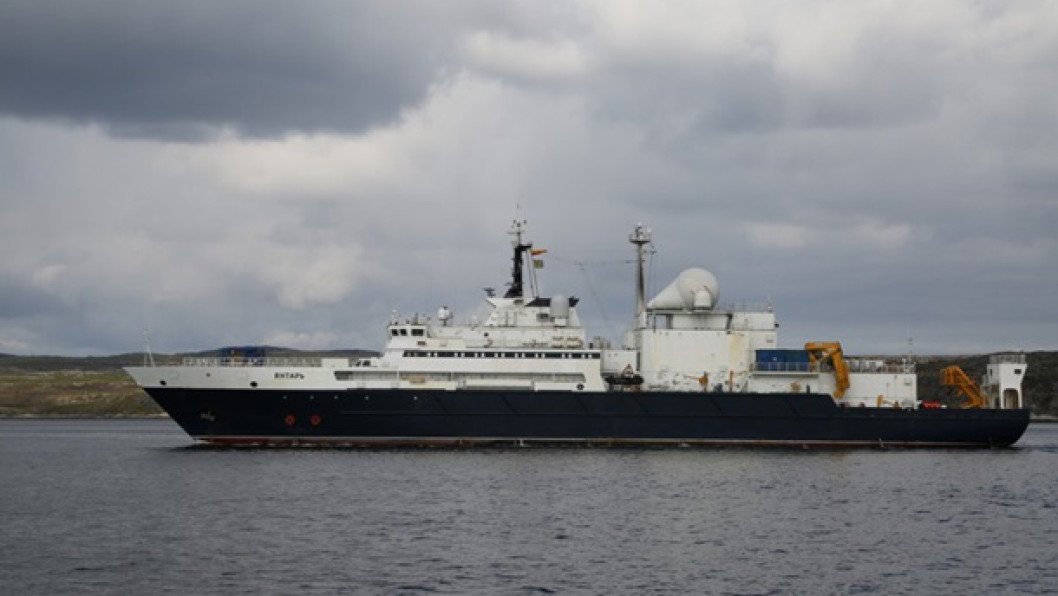
Project 22011 continues the mission of its predecessor, Project 22010. The earlier Yantar gained notoriety for its operations near sensitive locations, including the US submarine base at Kings Bay, Georgia, and undersea cables in the Mediterranean and Norwegian seas.
The vessel has been observed conducting low-speed, grid-pattern searches—hallmarks of submersible deployment—and occasionally disabling its Automatic Identification System (AIS) during operations.
Dual-use design, strategic implications
Though the Russian Ministry of Defense claims these ships conduct oceanographic research and search-and-rescue operations, Army Recognition notes that NATO views them as part of a specialized intelligence fleet.

Their design includes side-mounted hangars, A-frames for deploying ROVs (remotely operated vehicles), and towed sonar arrays, enabling covert reconnaissance and undersea intervention.
The history of Soviet and Russian naval espionage supports this interpretation. Beginning in the 1950s, the Soviet Union fielded a large fleet of AGI (Auxiliary, General Intelligence) vessels disguised as fishing trawlers.
These were followed by purpose-built platforms like the Balzam-class SIGINT ships and the atomic-powered Ural. The current fleet—including the Yantar, Vice-Admiral Burilichev, and the suspended Almaz—continues this legacy under modern guises.

Construction delays on the Vice-Admiral Burilichev and other GUGI ships have been attributed to Russia’s difficulty sourcing high-tech components due to sanctions and the war in Ukraine.
Despite these setbacks, Army Recognition stresses that the launch of this vessel is a strategic signal: Russia is still investing in capabilities that could disrupt global undersea communications, even if new hulls arrive slower than planned.
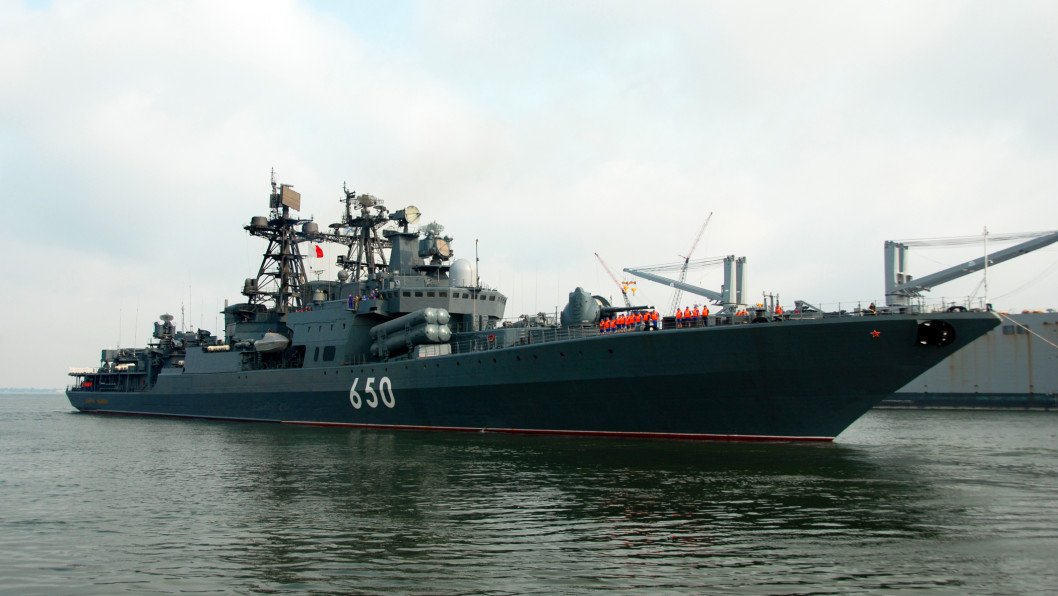
Earlier, a Russian spy ship was spotted near the UK nuclear submarine base after a major NATO drill.
The Royal Navy confirmed that the air-defense destroyer HMS Dragon closely tracked the Russian intelligence-gathering ship Yuri Ivanov as it lingered off the coast of the Outer Hebrides in the North Atlantic. The vessel, designed for electronic surveillance and signal interception, was suspected of monitoring NATO activities in the wake of the exercise.


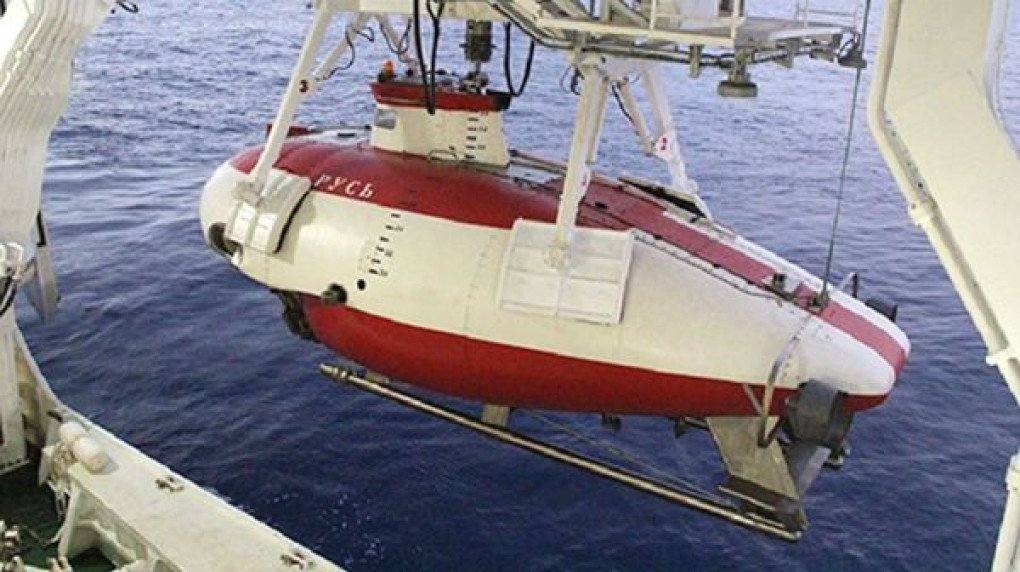
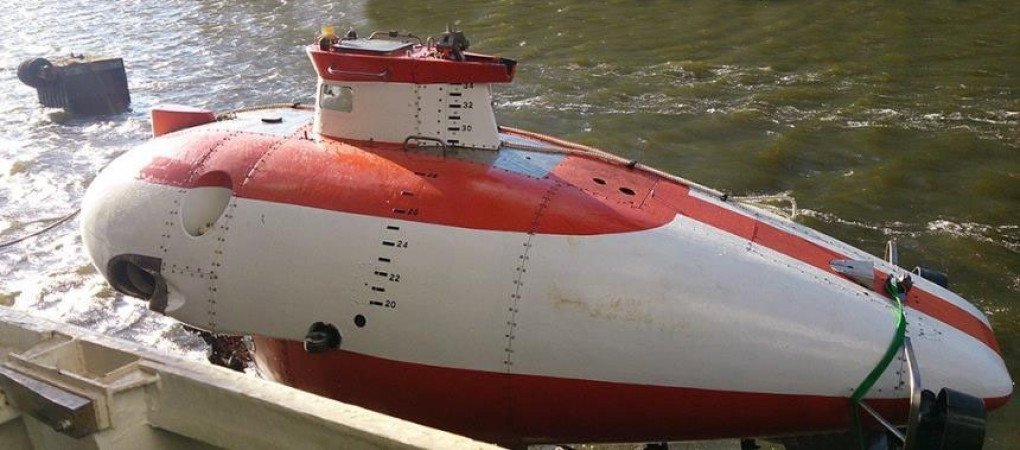
-45ed3be17a7bb74903649ed9258196f8.jpg)
-72b63a4e0c8c475ad81fe3eed3f63729.jpeg)



